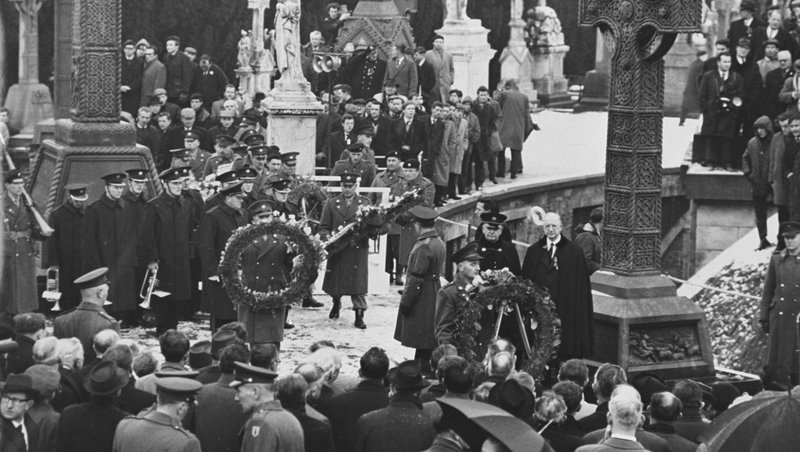
HIU34505 The Dead Body in Western Culture
Module Organiser: Dr Georgina Laragy
Duration: All year
Contact hours: 2 hours per fortnight
Weighting: 10 ECTS
Assessment: 60% examination, 40% essay
The exhumation of Roger Casement's body in Pentonville Prison in London, and its removal to Glasnevin Cemetery in Dublin in 1965 following a 49-year-old campaign by the Irish government, demonstrates the power of the dead body within Irish nationalist politics. Equally, the discovery that an unknown number of children's remains were buried in a disused septic tank in Tuam between 1925-1961, has served to highlight the hypocrisy of the Irish state and the Catholic church when it came to venerating the dead. But it also reveals very old practices of burying young children separately to adults. The treatment of dead bodies by past societies reveals much about the social and political attitudes to the living and the dead.
In this course we will develop an interdisciplinary approach to understanding the role of the dead body in society. Drawing on archaeology, law, public health history and human geography, this course will demonstrate how historians can productively engage in interdisciplinary studies of dead bodies across time and space. As Folytn argues, 'The human corpse, and its social meanings and how it should be valued, discussed, disposed of, imaged, and used, is a critical subject, generating public debate, enormous media attention, and corporate interest.' (2008) Dead bodies are pertinent to various aspects of history, including religion, medical history and material culture, as the treatment of the dead body within various faiths, by the state and local authorities, and by individual families, reveals much about the link between the church, state and the family.

